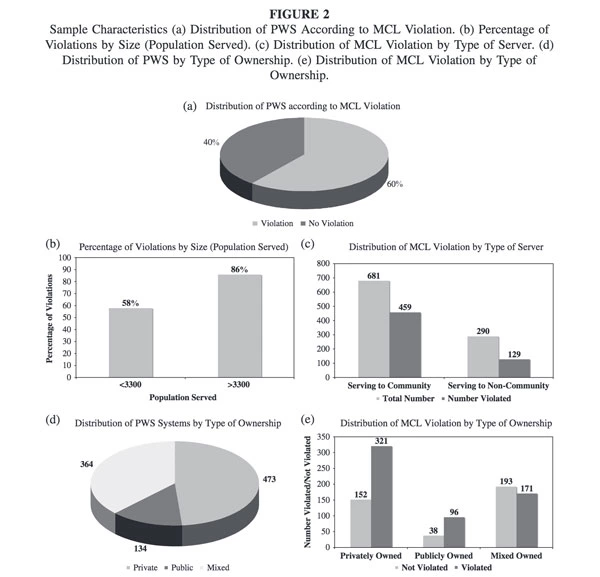
Whereas a large number of empirical studies have been devoted to analyzing determinants of environmental compliance (EC) by firms, less attention has been paid to EC by public water systems (PWS). To address this gap in the literature, this article uses data on compliance with maximum contaminant levels (MCL) under the Safe Drinking Water Act for 971 PWS in Arizona and identifies the characteristics of PWS that are associated with violation of MCL standards. Three main findings emerge from the analysis. First, larger PWS are more likely to violate MCL standards than smaller PWS. Second, publicly owned PWS have slightly higher probability of violating MCL standards than privately owned systems. Finally, PWS serving residential areas are more likely to violate MCL standards, as opposed to PWS serving school districts or office buildings. The results suggest that for ensuring safe water for people, effectiveness of monitoring policy, and an efficient utilization of resources, the environmental agencies may focus their monitoring and enforcement efforts on these water systems.

